Rosé in Bloom
Rosé wine, once largely overshadowed by its red and white counterparts, has experienced a remarkable surge in popularity within the United States over the past decade. This vibrant, versatile wine has captured the hearts of American consumers with its refreshing flavors and Instagram-worthy hues, turning it from a seasonal sipper into a year-round favorite. Let's delve into the factors that have contributed to the rise of Rosé in the U.S. wine market.
A Shift in Perception
Historically, Rosé was often misunderstood in the U.S., associated with overly sweet and simplistic wines like white Zinfandel. However, the early 2000s marked a significant shift. Influences from French wine regions such as Provence, known for their dry and aromatic Rosé wines, began to reshape American perceptions. These Rosés, characterized by their delicate flavors and dry finish, offered a sophisticated alternative that appealed to a broad audience, from casual drinkers to wine aficionados.
Marketing Genius: Millennial Pink and Beyond
The ascension of Rosé has been powerfully aided by clever marketing strategies. The color "Millennial Pink" became a cultural phenomenon around 2017, and Rosé perfectly matched this aesthetic trend. Wine producers and marketers leveraged social media to position Rosé as not just a drink but a lifestyle, leading to the advent of "Rosé all day" and similar slogans that encouraged consumption at any time. This branding effort transformed Rosé into a symbol of stylish, laid-back enjoyment, perfectly aligning with contemporary lifestyle trends.
Versatility and Accessibility
One of Rosé's most significant advantages is its versatility. It pairs well with a wide range of foods—from seafood and salads to spicy dishes and desserts—making it a favorite choice for dining and social gatherings. Moreover, Rosé is generally more affordable than many reds and whites, making it an accessible option for younger drinkers and those new to wine. Its approachability has been key to its success, inviting newcomers to explore the wine world without intimidation.
Seasonal to Staple
While initially considered a summer beverage, Rosé has transcended its seasonal niche. Many consumers now enjoy Rosé year-round, thanks to its light body and refreshing palate which make it suitable for any season. Wineries have responded by increasing production and ensuring availability throughout the year, further boosting its presence in the market.
American Wine Producers Embrace Rosé
As the popularity of Rosé grew, domestic producers were quick to capitalize on the trend. Initially dominated by imports, particularly from France, the American market has seen a significant shift with local wineries entering the fray. This move has not only broadened the choices available to consumers but has also brought unique American twists to this traditionally European wine.
Pioneering Regions and Producers
California, known for its diverse wine-producing capabilities, leads the charge. Regions such as Napa Valley, Sonoma County, and the Central Coast have gained recognition for their high-quality Rosé wines. Wineries in these areas typically use grape varieties that are also popular for red wines, like Pinot Noir, Grenache, and Syrah, producing Rosés that are both complex and highly drinkable.
Oregon and Washington have also made their mark, with Oregon's cooler climate being ideal for growing Pinot Noir, a popular choice for Rosé. Washington State, on the other hand, has been experimenting with Rosé wines made from Cabernet Sauvignon and Merlot, offering a richer, more structured style.
Innovation and Experimentation
American winemakers are not just following traditional methods but are also innovating. For example, the use of direct pressing and limited skin contact time to achieve the desired color and flavor profiles is becoming more refined. Some producers are experimenting with aging Rosé in different types of oak barrels to add complexity and texture, a departure from the typically stainless-steel fermentation process used for most Rosé wines.
Additionally, there's a growing trend among smaller, boutique wineries to produce single-vineyard Rosés, which highlight the specific terroir of their unique locations. These offerings are often limited edition and sought after for their distinctive qualities.
Market Response and Consumer Trends
The response from the market has been overwhelmingly positive. American consumers appreciate local productions not only for their quality but also for their role in supporting local businesses and sustainability efforts, which are increasingly important factors in purchasing decisions. The broad range of American Rosé also means that there is something for every palate and price point, from everyday drinking wines to premium selections.
As American producers continue to refine their Rosé offerings, they contribute significantly to the dynamic and evolving narrative of Rosé wine in the U.S. market. This adaptation not only meets the growing demand but also pushes the boundaries of what Rosé can be, ensuring its place as a beloved choice among American wine drinkers for years to come.
The Future of Rosé
The future looks bright for Rosé in the U.S. As consumer preferences continue to evolve towards more casual and diverse drinking options, Rosé's position in the market seems more secure than ever. Wine producers are exploring new varieties and production methods to create Rosés that range from sparkling to deeply complex, catering to an even broader audience.
Ultimately, the rise of Rosé in the U.S. reflects broader trends in consumer behavior and market evolution. It's a testament to how cultural shifts, marketing, and product quality can converge to propel a category to prominence. As it stands, Rosé is not just a trend but a staple in the American wine landscape, with a rosy future ahead.

